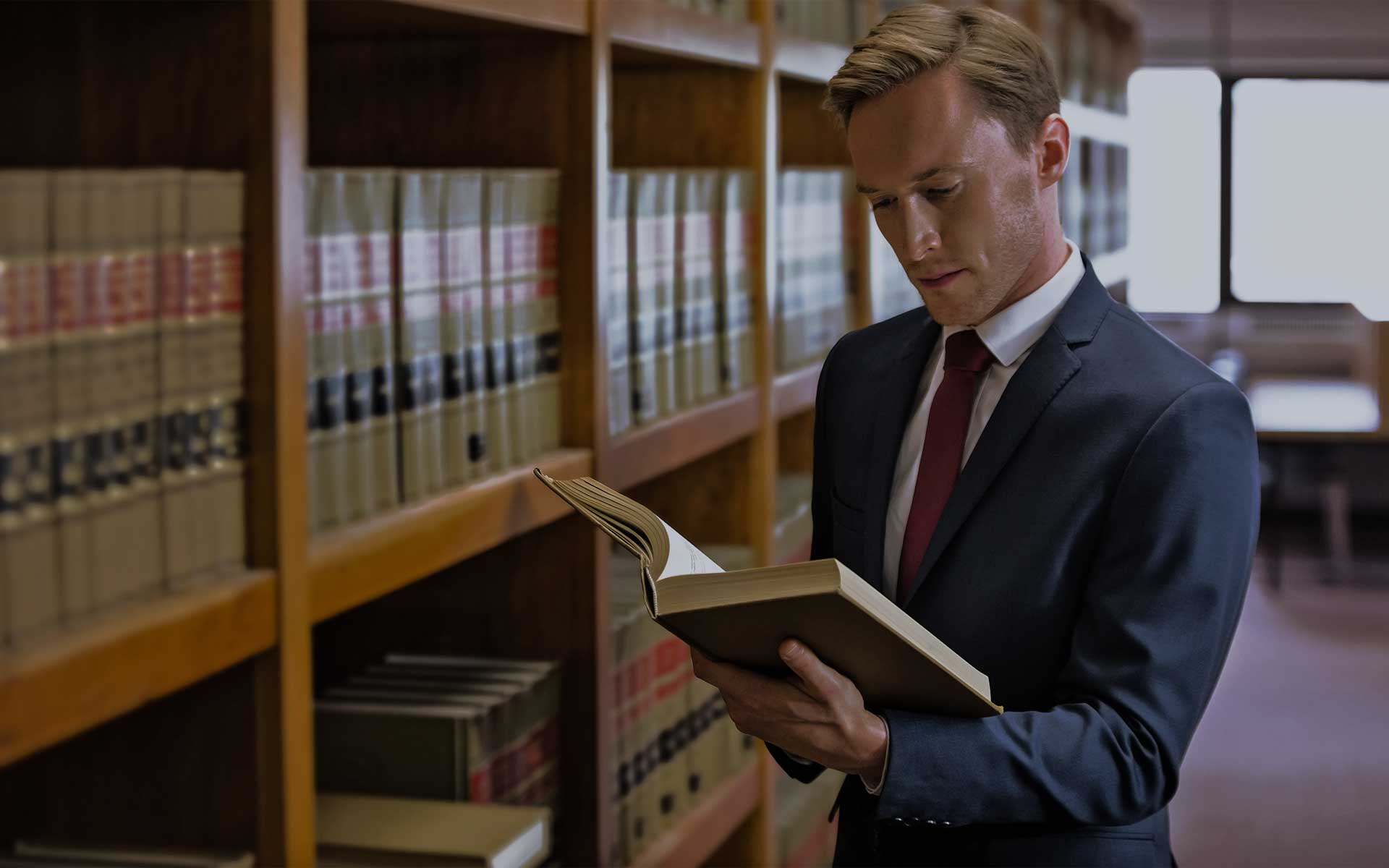First House IP Subcommittee Hearing of 116th Congress Addresses Ways to Increase Female Inventorship

Today, April 3, the Senate Subcommittee on Intellectual Property held a hearing titled Trailblazers and Lost Einsteins: Women Inventors and the Future of American Innovation—a topic that also was considered last Wednesday by the House Committee on the Judiciary’s Subcommittee on Courts, Intellectual Property, and the Internet in their first hearing of the term. The House hearing was titled, Lost Einsteins: Lack of Diversity in Patent Inventorship and the Impact on America’s Innovation Economy and, like today’s Senate hearing, focused on a recent report on female inventorship released by the U.S. Patent and Trademark Office (USPTO) and featured testimony on how to improve rates of female inventorship from a collection of women in fields having strong ties to the U.S. patent system.
Chairman Johnson: “We Are Leaving Talent Behind”
Rep. Hank Johnson (D-GA), Chairman of the House IP Subcommittee, acknowledged at the top of his opening remarks that this was the first hearing held by the IP Subcommittee for the 116th Congress. Johnson said that the history of the U.S. patent system shows that it has played a role in enabling marginalized but ambitious and inventive people to participate in the country’s innovation economy. He noted that the first patent awarded by the U.S. government to an African-American was to Thomas L. Jennings in 1821, decades before slavery was ended. In 1793, more than a century before women earned the right to vote in America, Hannah Wilkinson Slater was awarded a patent for a method of producing cotton sewing thread. However, the recent USPTO report on gender diversity indicated that there has been no substantial progress made in patents earned by women inventors. “When women and minorities are not in the innovation pipeline or if they leave because they don’t feel welcome, we are losing sources for increased innovation,” Johnson said. “We are leaving talent on the table and, frankly, we are leaving talent behind.”
Following Rep. Johnson’s opening remarks was Rep. Martha Roby (R-AL), Ranking Member of the House IP Subcommittee, who said that if the U.S. patent system was going to continue to maintain the nation’s position as the world’s undisputed leader in innovation, then it needed to tap into the inventive genius of all of its citizens. Roby noted that the first National Inventor of the Year was Barbara Askins, a female inventor and NASA chemist recognized in 1978 for her contributions to autoradiograph technology for producing high-contrast space photography. However, although current research showed that women earn about half of undergraduate degrees in science and engineering, they only earned 39% of doctoral degrees in those fields. Further, as the recent USPTO report pointed out, increased participation by women in the science and engineering workforce has not led to increases in female inventors earning patents.
Before the witnesses gave their opening testimony, Rep. Jerrold Nadler (D-NY), Chairman of the full House Judiciary Committee, said that it was critical to our innovation economy that everyone share in the economic opportunities that industries offer. Nadler cited a 2016 U.S. Department of Commerce report which found that IP-intensive industries contribute more than $6 trillion to U.S. gross domestic product (GDP). He said that there were likely multiple factors behind the disparity in patenting rates between men and women and not just the fact that there were fewer women in the science and engineering workforce. While studies have shown other patenting disparities along racial and ethnic lines, Nadler said that the USPTO doesn’t collect the kind of demographic data, which would help Congress understand the scope of those issues as well. He was encouraged by data which showed that exposure to innovation during childhood has a major impact on a person’s capacity for becoming an inventor later in life.
Panel Witnesses Describe the Economic Loss of Gender Disparity in Patents
The first person on the witness panel to offer testimony was Michelle K. Lee, former Under Secretary of Commerce for Intellectual Property and USPTO Director. Lee stated that in order to answer the various challenges faced by the world, including global warming, cybersecurity and cures for diseases, the innovation economy would require all the talent and ingenuity that could be mustered. “Yet, when it comes to technological innovation, we are rowing with one hand behind our back,” Lee said. She added that one recent study showed that, at the current rate, gender parity in patenting wouldn’t be achieved for 118 years. Lee noted that there are typically two ways in which corporations solicit invention disclosures from their employees: through voluntary submissions or through manager-initiated brainstorming sessions. The latter approach tends to be more productive in getting disclosures from female inventors, Lee said. She discussed initiatives led by the USPTO during her tenure as the first female Director of that agency, including the creation of the Girl Scout IP Patch, and she added that a focus on the disparate ways that boys and girls were raised in our society, from the toys they play with to the activities they pursue, could help answer disparity issues in the innovation economy.
Following Lee’s testimony was Lisa Cook, Associate Professor of Economics and International Relations, and Director, American Economic Association Summer Training Program, Michigan State University. Cook learned at an early age that the U.S. patent system could be more inclusive by looking at the example of her cousin, Percy Lavon Julian, the inventor of cortisone, whose home in Oak Park, Illinois, was twice firebombed by racists who opposed his family’s move to the suburb. Cook’s research showed that the nation’s economy could be 3% to 4% larger if women and underrepresented minorities were included in the innovation system to a greater degree. She also produced research showing that, among scientists and engineers, African-American unemployment was 4.7% compared to a 2.9% unemployment for whites. Increasing efforts to include women in research and development teams could result in greater productivity, as research has also found that co-ed R&D teams are more productive than either male or female single-gender teams. Closing gender and racial divides in science and engineering could increase per capita GDP by anywhere from 0.6% to 4.4%. “If the aforementioned losses to GDP were being tolerated, firms, technology offices and patent teams are not being good stewards of America’s human capital and inventive capacity,” Cook said.
Ayanna Howard, Professor and Chair of the School of Interactive Computing, Georgia Institute of Technology, noted that despite her experience as an innovator and an entrepreneur, she only holds three U.S. patents. Her first patent application, covering an encryption system using fingerprint biometrics, was filed in 2003 while she was still a graduate student, but the application was dropped due to both an examiner rejection and financial constraints. It would take another decade for Howard to file her next patent application. When she finally did receive a patent, it was due in large part to hiring a patent attorney, which, while expensive, taught her that an examiner rejection could be overcome through persistence. Howard voiced her strong belief that a more robust pro bono patent attorney program for small businesses would help level the playing field for women and minority entrepreneurs like her.
How Do We Encourage More Inclusivity in The U.S. Patent System?
Susie Armstrong, Senior Vice President of Engineering for Qualcomm, Inc., said that, for companies like hers that are trying to take the lead in 5G mobile networks and other areas of innovation, more great tech minds from underrepresented communities are needed. An inventor herself who helped create single packet data communications that allowed cell phones to access the Internet for the first time, Armstrong said that Qualcomm had produced educational initiatives like the Thinkabit Lab, which partners with school districts and libraries to encourage students to innovate in the Internet of Things (IoT) sector. Qualcomm further worked to encourage patenting from all of its employees by including patent holder status next to an employee’s name in the company directory and holding celebrations for employees who had earned a patent.
Government authority for more robust data collection practices on inventor demographics was a topic that repeatedly arose during the hearing’s questioning period. Responding to questions from Rep. Johnson, Cook said that it would be very useful for the government to collect data on race and ethnicity as well as veteran or disability status in order to understand the full scope of the problem on marginalized groups. Lee added that the USPTO could additionally collect data on the tech areas under which underrepresented groups were filing patent applications to get better data points on tech sectors where women and minorities may be patenting more or less frequently. Later, Rep. Zoe Lofgren (D-CA) noted that the House Judiciary Committee has jurisdiction over the Equal Employment Opportunity Commission (EEOC) and that the committee could push for greater data disclosures from corporations on inventor demographics through that authority.
Fixing the USPTO’s Accessibility Issues
Rep. Roby raised questions as to whether inventors with limited resources knew about certain programs offered by the USPTO like the Pro Se Assistance Program, through which patent applicants can get additional help from examiners on prosecuting their applications but which Roby said isn’t made prominent on the USPTO’s website. Roby asked Howard when she became aware of the USPTO’s Law School Clinic Certification Program, which provides students with the opportunity to practice IP law before the USPTO. Howard said that, despite her experience mentoring students in the field, she only found out about the program the prior week before the hearing. “I think you just put the exclamation point on my point that someone as knowledgeable as you are didn’t even know the existence of these programs,” Roby said, reinforcing her suggestion that there are some easy fixes for the USPTO to make in its online platform to address accessibility concerns.
While government intervention to provide more pro bono resources to underrepresented classes in the patent system would be helpful, Rep. Steve Chabot (R-OH) noted that the federal government’s current $22 trillion debt makes it difficult for the government to be able to provide more money for such activities. Howard noted that there were ways to address the problem in a more creative manner, such as allowing funding from Small Business Innovation Research (SBIR) grants to be used on patent application activities.
Getting companies to understand the economic impact of higher productivity from co-ed research teams was part of Cook’s efforts to encourage more gender diversity in patenting at larger firms. “I think that makes the economic argument on a micro level,” Cook said. “We’re leaving twenty-dollar bills everywhere. I would say they’re Benjamins, they’re not even twenty-dollar bills; just leaving them everywhere and we’re not picking them up. This is invention that is going undone.”


